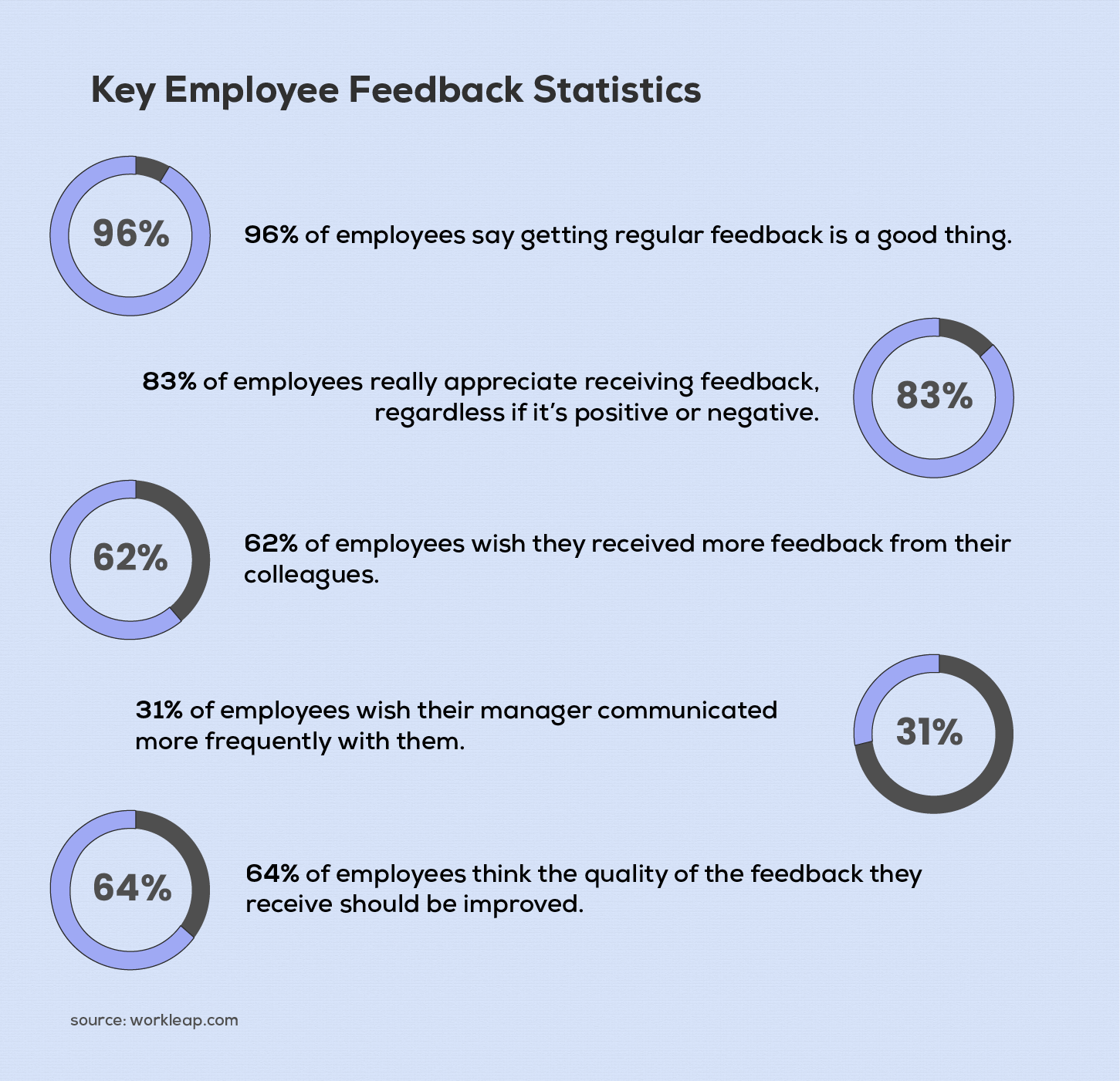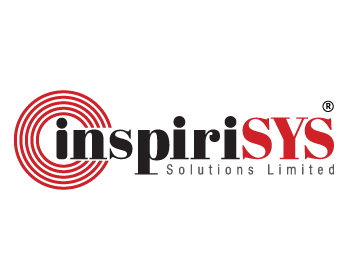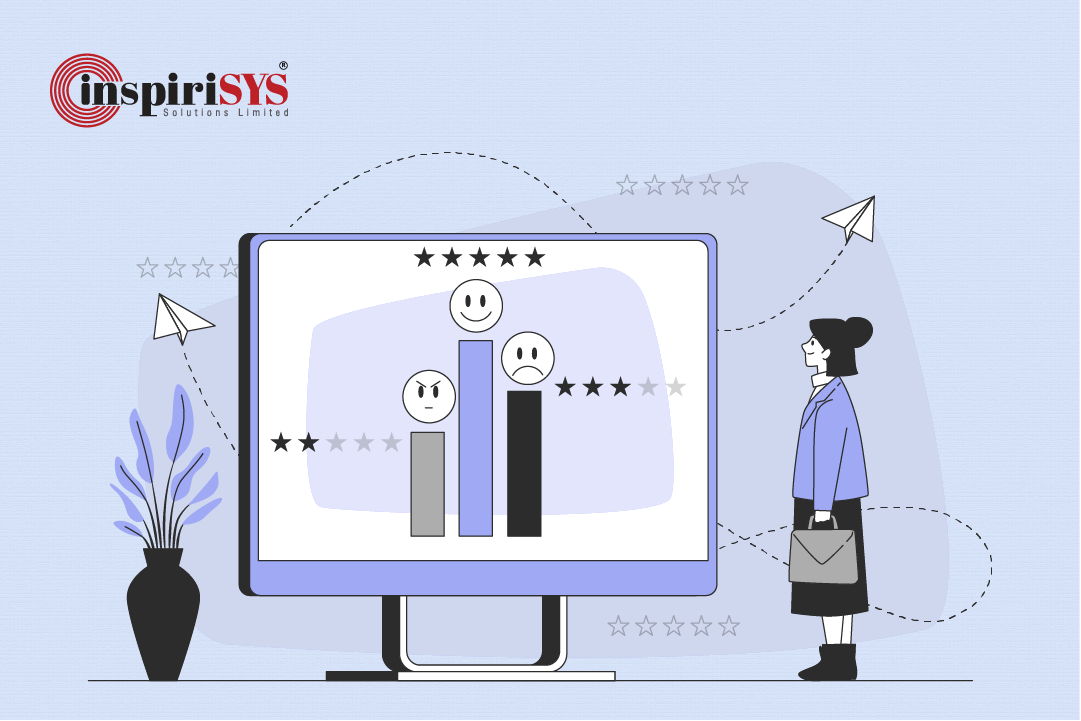Keeping employees happy is essential, yet it can be a complex task, as their satisfaction directly influences the workplace atmosphere. When employees are engaged, they contribute to a positive and collaborative work environment. By nurturing a work environment that prioritises well-being and engagement, organizations can drive greater productivity and team synergy.
As leaders, understanding the energy and motivation levels of your team is vital. Some employees may appear highly driven, while others seem disengaged—but identifying these subtle emotional cues can be challenging. This is where employee sentiment analysis becomes invaluable.
Read on to discover how employee sentiment analysis can strengthen your team and enhance workplace harmony.
What is Employee Sentiment Analysis?
Employee sentiment analysis goes beyond traditional feedback methods. By using AI to interpret the emotions behind the words, it provides valuable insights into employee engagement and satisfaction. Analysing employee feedback, one can identify areas for improvement and empower others to build a better organisation.
It reflects emotions ranging from motivation to disengagement, influencing the success of an organization. Acknowledging these emotions improves performance and enriches their experience.
Employee sentiment analysis helps identify critical gaps, address concerns, build a more productive workplace and strengthen employee retention. It also provides insights to make positive changes and create a thriving work environment.
Types of Employee Sentiment

The emotions and attitudes of employees define different types of sentiment. These types include:
- Positive Sentiment
- Negative Sentiment
- Neutral Sentiment
- Mixed Sentiment
1. Positive Sentiment
Positive sentiments are exhibited by employees who demonstrate a higher level of job satisfaction. They derive purpose, meaning and a deep sense of fulfilment in their roles, which motivates them and fuels innovation and success. It develops an organizational culture of creativity and dedication driving the company forward. Furthermore, it builds stronger connections by cultivating a sense of loyalty within the organization, nurturing a supportive and appreciative work environment.
2. Negative Sentiment
Negative sentiments often arise from unclear expectations, excessive workloads, or a lack of recognition for employees’ efforts. When employees feel undervalued, it can lead to persistent stress and eventually burnout, impacting their productivity and mental well-being. Overwhelmed employees may take more time off, which further affects their performance.
These negative emotions lead to disengagement, causing employees to lose interest in their roles and the organization’s goals. A decline in motivation directly reduces individual productivity and hampers the organization’s overall success
3. Neutral Sentiment
Neutral sentiment refers to employees who neither feel strongly positive nor negative about their work environment. It presents an opportunity to understand employees needs and inspire them to build a more engaging and passionate workplace. However, if their needs go unaddressed, neutral employees become disengaged or unhappy overtime. By identifying neutral sentiments early, organisations can prevent employees from transitioning to the negative sentiment stage. Addressing the underlying reasons for neutrality can help create a more fulfilling work environment, leading to happier and more satisfied employees.
4. Mixed Sentiment
Mixed sentiment works on both positive and negative feelings toward different aspects of the workplace. This dual perspective provides a deeper understanding of employee experiences, highlighting areas that are working well and those that need improvement. Addressing these contrasting sentiments enhance employee satisfaction, and build stronger trust and engagement.
The Benefits of Sentiment Analysis for Employees
Understanding employee sentiment offers a unique perspective on workplace morale and behavior. It empowers organizations to address challenges effectively, and create strategies that prioritize employee satisfaction and organizational growth. Let’s take a closer look at the key benefits sentiment analysis brings to organizations.

1. Real-Time Feedback
Sentiment analysis provides up-to-the-minute insights into employee emotions and engagement levels. Unlike traditional surveys, which can result in delayed and outdated data, real-time feedback ensures organizations have a clear and current understanding of their workforce. This timeliness allows for swift action to address concerns and improve the overall work environment.
2. Enhanced Communication and Teamwork
Uncovering communication gaps and addressing obstacles to collaboration becomes easier with sentiment analysis. By identifying these challenges, organizations can improve dialogue, enhance transparency, and enable teams to work more cohesively. This results in a workplace where ideas flow freely and teamwork flourishes.
3. Personalized Workforce Solutions
Every team and individual has unique needs. Sentiment analysis reveals specific areas requiring attention, such as employee well-being, career growth, or recognition. With this understanding, businesses can implement initiatives like wellness programs, leadership development, or targeted incentives that directly address these concerns and create a more engaged and productive workforce.
4. Informed Decision-Making
Strategic decisions regarding HR policies, employee wellness, and organizational goals require accurate, actionable information. Sentiment analysis equips leaders with data to predict trends, optimize resource allocation, and align policies with employee priorities. This ensures decisions are not only informed but also impactful in shaping a positive workplace culture.
5. Improved Retention Strategies
Sentiment analysis helps organizations identify employees who may be at risk of leaving by analyzing patterns in sentiment and behavior. This enables proactive steps to address dissatisfaction and strengthen engagement. Predictive retention strategies, such as mentorship programs or skill development opportunities, create a supportive environment that encourages loyalty and reduces turnover.
Watch the video to uncover the importance of employee engagement to unlock the secrets of employee engagement and transform your workplace today!
Employee Sentiment Analysis Best Practices
Achieving impactful outcomes with sentiment analysis requires careful execution. The following best practices will help ensure your initiatives succeed.

1. Set Clear Objectives
Defining clear objectives allows organizations to collect meaningful data and convert it into practical strategies, and employ them to create a thriving workplace. This ultimately strengthens the workforce and contributes to organizational success.
2. Ensure High-Quality Data
The success of employee sentiment analysis relies on reliable and precise data. Leveraging various formats such as feedback forms, surveys and interviews provide comprehensive input. Regular validations during data collection prevent errors and maintain consistency, enabling effective outcomes.
3. Implement Advanced Analytics Techniques
Advanced algorithms like Machine Learning and Natural Language Processing decode feedback to uncover patterns and emotions. These techniques offer a precise view of workforce dynamics, enabling organizations to address concerns effectively.
4. Track the Employee Sentiment
Consistently monitoring employee sentiment helps organizations remain proactive in identifying patterns and evaluating progress. By addressing key trends in a timely manner, companies can improve performance, foster harmony, and create a productive workforce.
5. Enhance Communication
Clear communication is important to create successful sentiment analysis initiatives. Honest discussions encourage mutual understanding, strengthen trust, and enable meaningful collaboration that drives organizational cohesion.
Employee Sentiment Analysis Tools
By using an employee sentiment analysis tool, organizations can gain insights into employee experiences, identify areas for improvement and ultimately create a more positive and productive work environment. Let’s dive into the powerful tools and uncover its benefits:
1. Intellica.ai
Intellica.ai applies advanced machine learning to help organizations gain valuable understanding across diverse industries. Its features include text analysis, predictive modeling, and intelligent recommendations, streamlining decision-making and strategy development.The platform enhances employee engagement through sentiment analysis and improves workforce satisfaction.
2. Jive
Jive is an HR SaaS platform that offers solution to organisations seeking to improve communication, collaboration and employee engagement within their workforce. It provides benefits like track discussion, engagement measurement, hidden talents and sentiment analysis. Jive equips organizations with the tools they need to transform workforce interactions and achieve measurable success.
3. KeenCorp
KeenCorp is a leading provider of sentiment analysis tools designed to understand employee sentiment. They offer two key dashboards to address employee experience, the first one being MoodMetrix, which focuses on mapping periodic employee sentiment trends, and the second one, Attitude Heatmap, which prioritizes management decisions based on the findings from sentiment analysis.
4. CultureMonkey
CultureMonkey allows organizations to create surveys that are specific to their needs and organizational goals. It makes sure that the feedback gathered is relevant. This tool enables organizations to create feedback on aspects like experience, sentiment, job satisfaction and work culture.
To Sum Up
Understanding employee sentiment allows organizations to identify key areas that need attention and take purposeful action to address them. It’s about creating a workplace where employees feel respected, supported, and motivated to contribute their best.
By taking proactive steps based on sentiment analysis, organizations can create an environment that inspires collaboration, improves morale, and aligns with the aspirations of their workforce.
Organizations with a happy and engaged workforce leads to better customer service and improved business outcomes.



